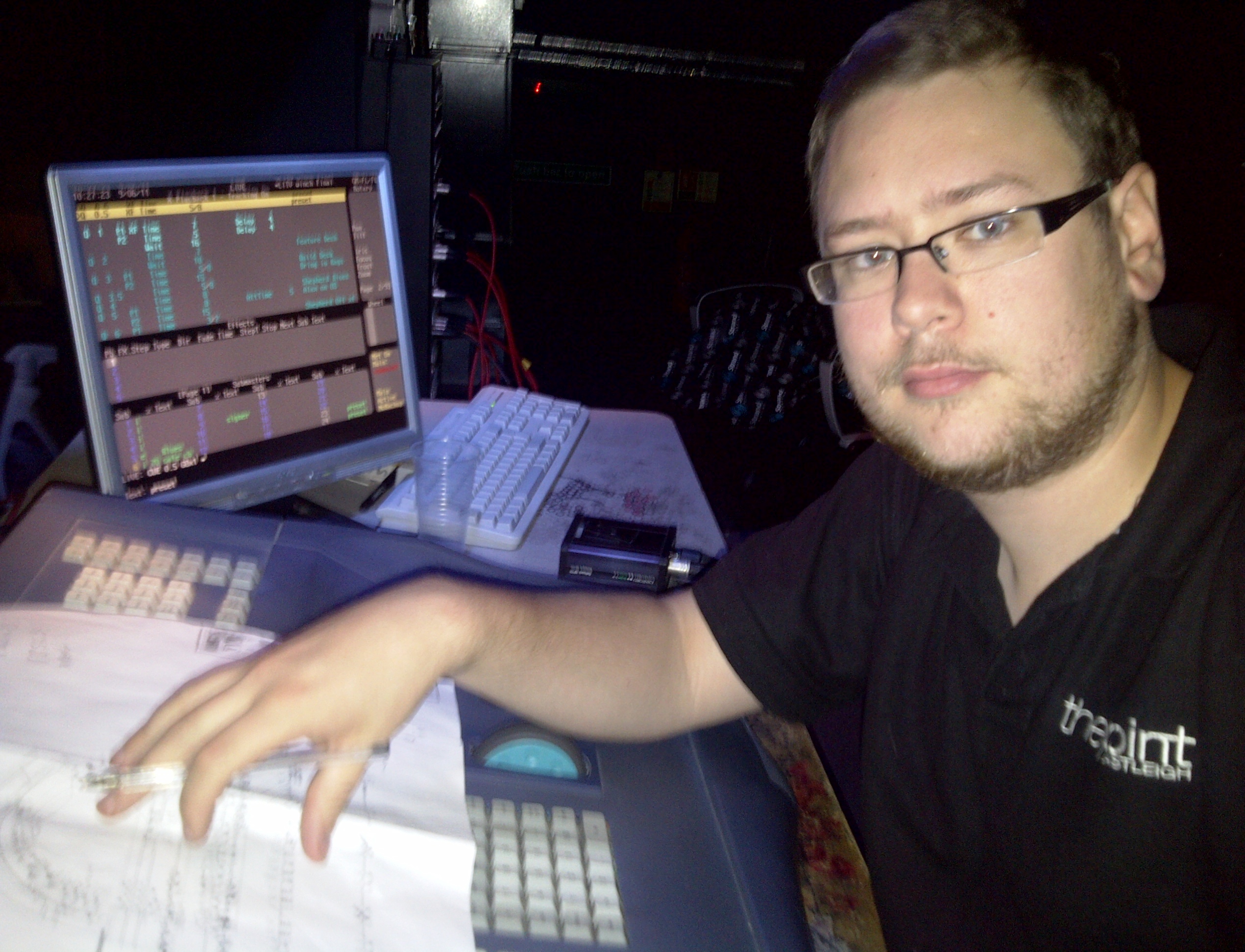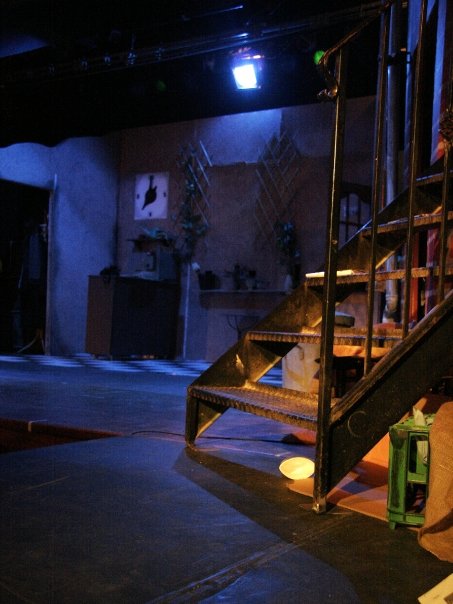LD Profile: Paul Wyse
Posted on June 14, 2011Six questions with Paul Wyse.
Technical Manager for Hampshire County Council and musician, based in the south UK

1. How did you get into this field?
Lighting was something I always did at school for shows and bands, I suppose as a side step to get dancers and singers to hang out with me! I couldn’t sing and piano at the time wasn’t a cool instrument so I thought doing lighting and sound would work. Ever since, I have worked in theatre and live music and love every minute of my job.
2. What do you think is the next big thing in the lighting industry?
In short I am keeping a very keen eye on the evolution of LED lighting and am looking forward to bigger and more powerful generic and moving fixtures. LED followspots maybe?
3. Do you have a favorite fixture (and why)?
If you had asked me this before working in council theatres as a young technician, I would have said an ETC Source Four or a Vari*Light VL1000 or 2000. But after years lighting shows with basic equipment, I would say the humble PAR 64 has a lot going for it! Working in a theatre where they purchased PARs to work as washes, spots, backlights, sides, etc., trying to design a good, solid lighting rig for Les Miserables was a challenge. But it looked great! And with good use of gel, top hats and positions you can really work well with PAR cans. I think it’s a great test for new technicians because everyone can light a show and have it look great with plenty of moving heads. But if you achieve a breathtaking design, that is subtle and effective with PAR cans, Fresnels and profiles, you will think about basic lights first.

4. What has been your favorite design/project?
I would say my favourite lighting design would have to be a project I toured with called The Flying Monk. This was a very small-scare theatre show, but with an exceptional cast and production team, a lovely piece was created that worked in a 50-seat studio as well as a 400-seat theatre. During the tour, we would visit venues with very basic lighting rigs—no more than eight to 12 fixtures and a very basic lighting desk—right up to full-scale theatre rigs with moving heads. I have found the smallest venues to be the biggest challenge, but the most fun. I think the creativity of working in studio theatres and fringe festivals is still a great buzz for me.
5. What was the biggest unforeseen obstacle that you’ve faced in one of your designs, and how did you overcome it?
I would say teaching lighting design and operation has shown me some large obstacles for young designers. Often students and young technicians charge into lighting all areas of the stage in the three primary colours so that they can colour the whole stage. I believe lighting a show in a very Brechtian style, with minimal colour and effects, is creatively just as pleasing as throwing tons of colour and gobos or even moving fixtures at a show. Although it will have that “Broadway” factor, does it really support the production or does it change the feel of the piece entirely?
6. Complete this thought: A show without light is like…A cup of tea and no biscuits!